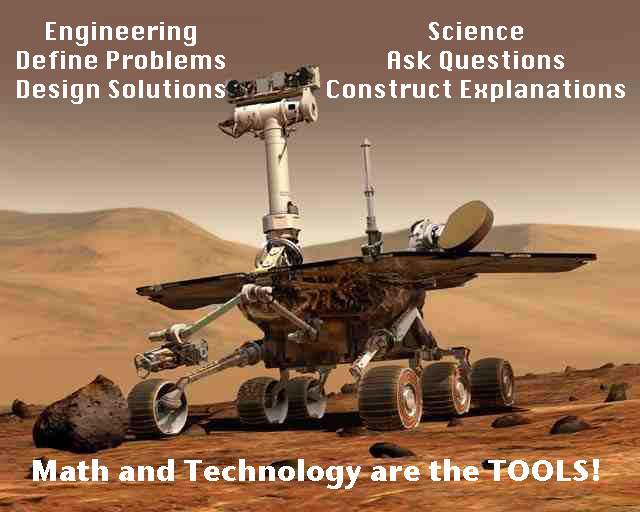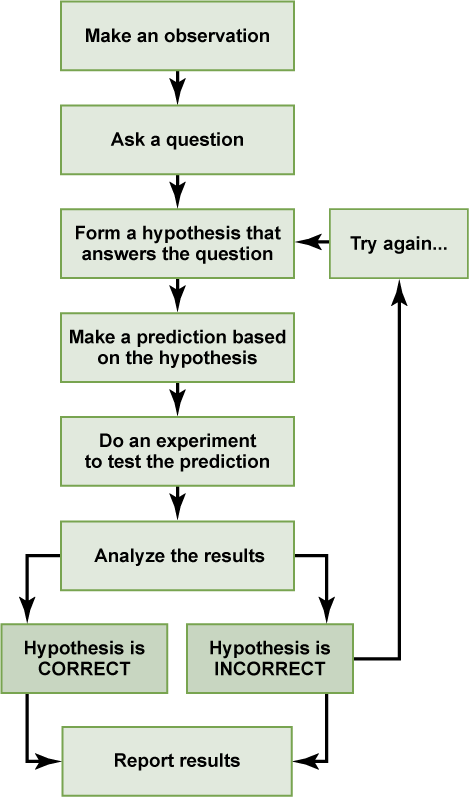This post was originally published on the CORELaborate WA blog here.
 Is the Scientific Method dead? Does the NGSS have guidelines for students as experimental designers? Before NGSS, WA State’s revised 2009 Essential Academic Learning Requirements (EALR) number 2 was the Inquiry standard for questioning and investigating. That provide a framework for how Science teachers were to support students in the doing of Science. Experimenting, especially designing their own experimental questions and labs, is a tool for figuring things out and learning how things work in Science. Kids can do labs by following a procedure but having kids actually design their own lab is the next level up from that. The more kids get to design their own labs, the better.
Is the Scientific Method dead? Does the NGSS have guidelines for students as experimental designers? Before NGSS, WA State’s revised 2009 Essential Academic Learning Requirements (EALR) number 2 was the Inquiry standard for questioning and investigating. That provide a framework for how Science teachers were to support students in the doing of Science. Experimenting, especially designing their own experimental questions and labs, is a tool for figuring things out and learning how things work in Science. Kids can do labs by following a procedure but having kids actually design their own lab is the next level up from that. The more kids get to design their own labs, the better.
With NGSS and more emphasis on Engineering (stEm), Science teachers more and more are being called upon to have our students solve problems by doing something, trying different solutions and tweaking until the solution works. Look up Genius Hour and Makerspace and you’ll see it’s everywhere with tons of resources and ideas. The designer mindset, the tinkering mindset, is being emphasized. I see the importance. Not all Science follows a Scientific Method. So even before NGSS I have been reading that we have been too dependent on the Scientific Method. Instead of teaching the Scientific Method as ONE of many ways Science is done, teachers have focused too heavily on just that one way of doing Science experiments. Here’s a typical flow of the Scientific Method:

One resource I’ve used to have students design their own experiments using the scientific method is called Inquiry Boards (see below). Inquiry Boards helped my students completely understand how to choose a manipulated variable, a responding variable and to figure out what variables to control. It has been an amazing resource. Here’s what they look like:
Inquiry Boards by Alfonso Gonzalez on Scribd
The way the Inquiry Boards work can start with a question so that students can begin brainstorming as many variables as they can – the Brainstorm inquiry board. Those variables that students can change go under Manipulated Variables. Variables that can be measured or observed go under Responding Variables. I usually do this as a whole class activity so that students can generate a good list of variables and so that they all know what variables are possible.
Moving to the next board, Choosing Variables, I tell teams to choose ONE manipulated variable that they want to investigate. We also discuss why it is important to only change one variable at a time. I encourage teams to choose different variables but if some variables are more popular then more than one team can test the same manipulated variable. I try to steer the class towards choosing the same responding variable so that they can compare their results to each other’s experiments. Then they put all the unused variables in the Controlled Variables section.
The next inquiry Board, Ask a Question, helps students write a problem question. And the one after that, Prediction, helps students write a hypothesis. Then students write their Procedure. The procedure, with step-by-step instructions is what I need to approve before teams gather materials and begin their labs.
Students use the Table of Results inquiry board to setup their data table. The Graph of Results inquiry board has been one of my favorites and it helps students make great graphs of their data. The Conclusion inquiry board underwent many revisions in my Science PLC but recently I have settled on using CER.
Honestly, I’m not sure in this NGSS era that I will continue to use the Inquiry Boards. They are so structured and so many scientists are telling teachers that they just don’t DO Science that way.
In the NGSS this type of inquiry work is detailed in the Science and Engineering Practices (SEP):
1. Asking questions (for science) and defining problems (for engineering)
2. Developing and using models
3. Planning and carrying out investigations
4. Analyzing and interpreting data
5. Using mathematics and computational thinking
6. Constructing explanations (for science) and designing solutions (for engineering)
7. Engaging in argument from evidence
8. Obtaining, evaluating, and communicating information
Using the SEPs along with the Cross Cutting Concepts (CCC) must more closely resemble how Science is done outside of school in the “real” world. by actual scientists. Here are the CCCs:







































































